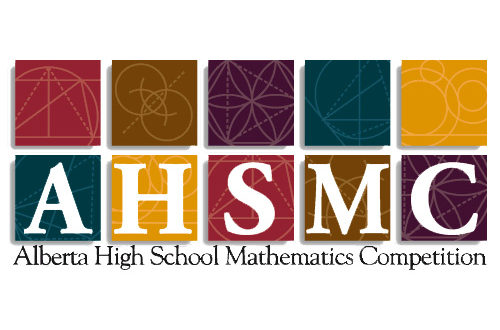Journal of the Mathematics Council of the Alberta Teachers’ Association
Volume 48 Issue 2, June 2011
20 – 24
Assessing Young Children’s Attention to Pattern and Structure
Lynn McGarvey
Mathematics is sometimes described as “the science of patterns” (Devlin 1994; Steen 1988, 611 ). As Steen (1990) wrote, “Mathematics is an exploratory science that seeks to understand every kind of pattern – patterns that occur in nature, patterns invented by the human mind, and even patterns created by other patterns” (p 8). Across North America, mathematics curricula in the early years emphasize the importance of pattern as a way for children to make connections to the world around them and as the foundation for algebraic thinking (NCTM 2000). From Pre-K_ to Grade 2 children are expected to recognize, identify, duplicate, extend and translate simple sequential patterns using a variety of attributes including sounds, actions, colours, shapes, objects and numbers. Early childhood classroom walls are often adorned with a variety of colour- and shape-patterning products. However, these products often don’t reveal the range of mathematical reasoning that takes place when the patterns are made. For example, examine the patterns in Figure 1 created by Jun and Mason, both age 6. Both children have created a similar repeating pattern successfully and independently, but their reasoning about patterning is very different.



